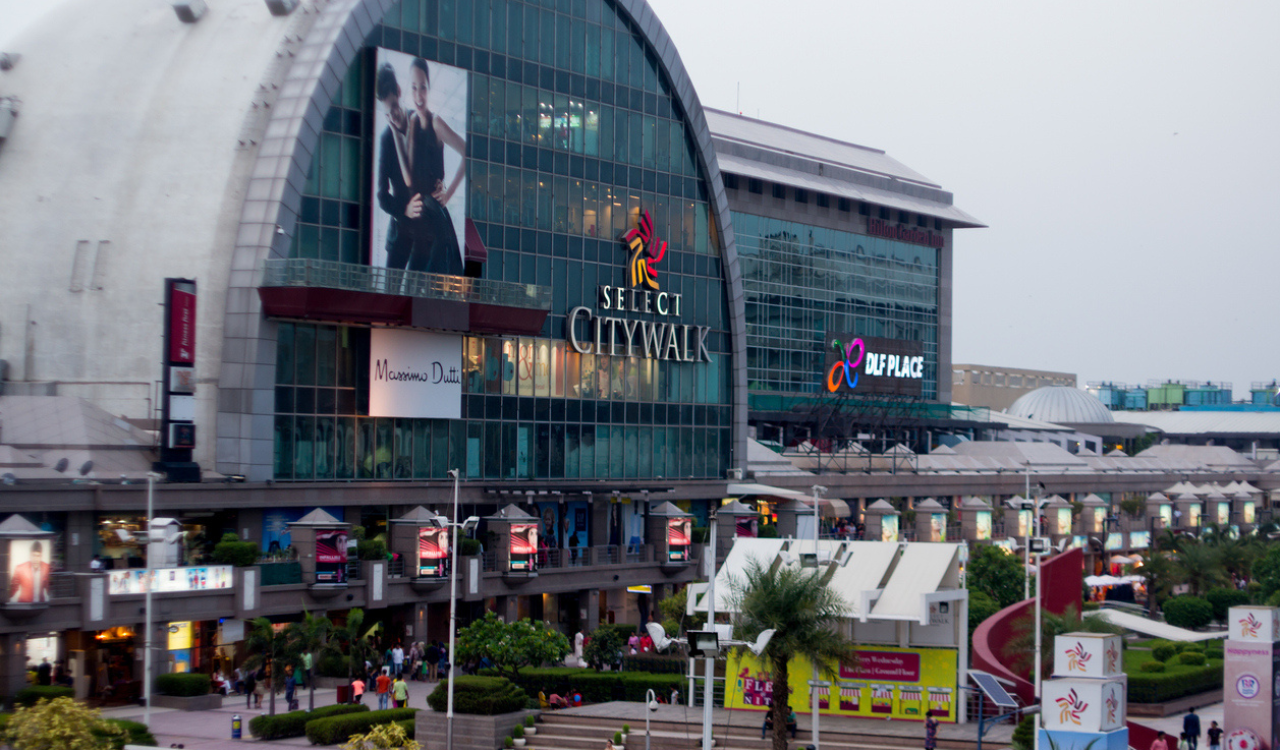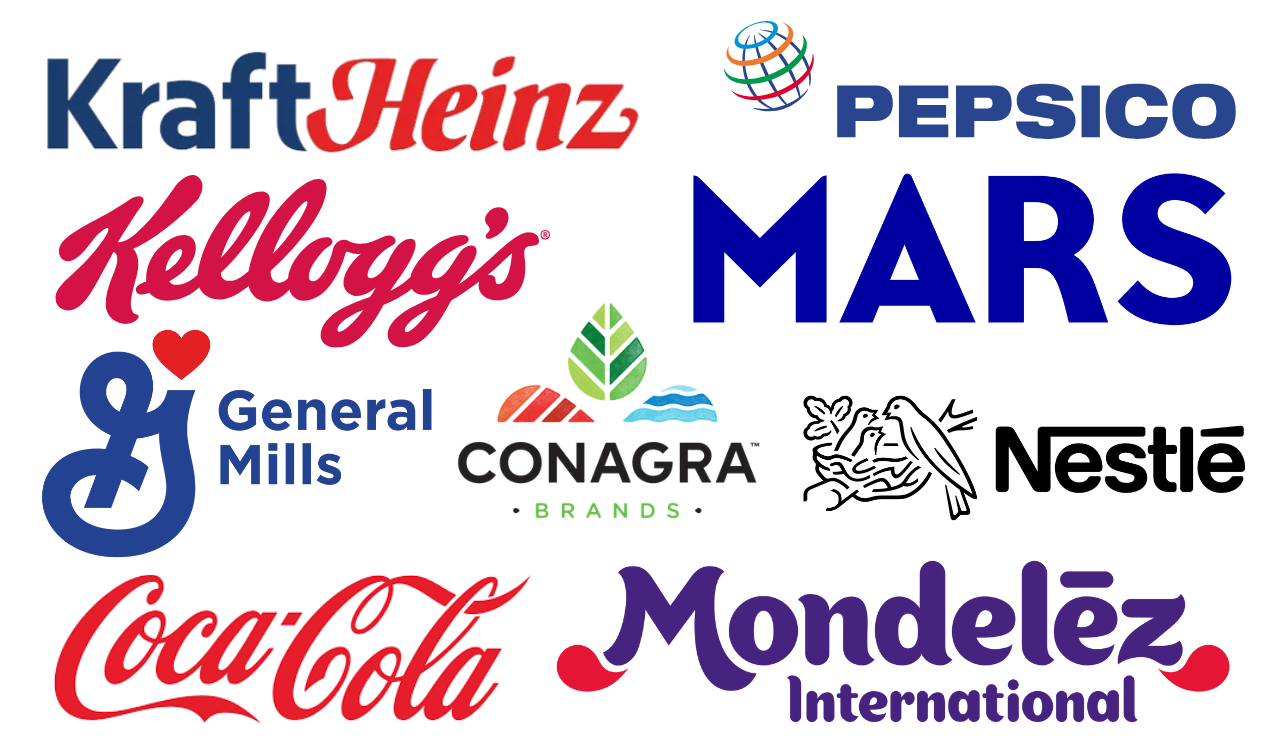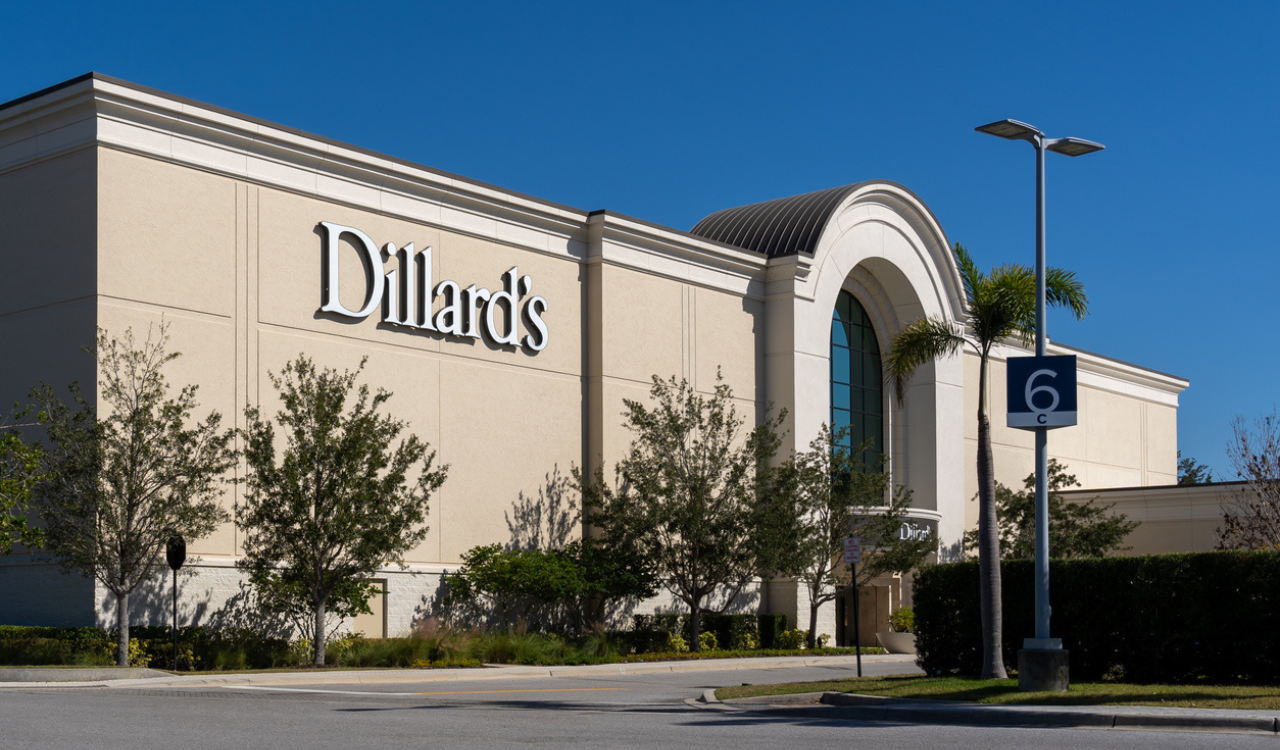Time will tell who wins the hoopla awards, but the fact that Kiehl’s Since 1851 (yes, that’s the brand’s official moniker) just unveiled an Amazon Premium Beauty storefront merely a few months after Clinique made its debut there speak volumes about where the ecommerce behemoth is headed in terms of building-out its prestige cosmetics offerings.
Facing financial headwinds quarter after quarter, year after year, would lead any beauty company to want to explore new growth opportunities, even in sales channels that previously didn’t feel like the best ideological fit.
On May 23, the first official day of the Kiehl’s/Amazon Premium Beauty alliance, the landing page was chock-a-block with clickable Kiehl’s sales content. Under the banner “Finest Apothecary Skincare for All,” it spotlights some of the beloved L’Oréal-owned brand’s bestsellers, including Ultra Facial Cream, Better Screen UV Cream and Facial Fuel Daily Energizing Moisture Treatment for Men.
Matching the Brands’ Visual Codes, Font for Font
As it did with the Clinique debut at the end of March, Premium Beauty has worked hard to mimic Kiehl’s visual codes and overall design esthetic. In fact, if you toggle between kiehls.com and the Amazon site-within-a-site, they’re pretty much dead ringers for each other.
And when you click on the “Shop Now” button in the “Finest Apothecary” section I just mentioned, the level of Kiehl’s-iness is even more pronounced. Over the years, Kiehl’s has gotten a lot bolder and in-your-face, graphically speaking, and this vibe comes through loud and clear in its Amazon Premium Beauty storefront.
Still, when you drill down and click on a particular product you might be interested in buying, it takes you to a page that looks exactly like every other Amazon “Add to Cart” checkout zone. Gone are all the splashy, edgy Kiehl’s graphics and you’re right back to Amazon square one.
This begs the question…
What’s in it for the Consumer?
Of course, we already know the answer to this question: convenience. Let’s pretend for a second that I’m an actual consumer and not a beauty writer whose office is teeming with gratis “for your consideration” merch. If I wanted the absolute best possible Kiehl’s shopping experience, I would go to one of the brand’s 100+ freestanding stores.
Next up in the hierarchy? I’d head to the Kiehl’s counter in a – gasp – actual department store. Either Neiman Marcus or Nordstrom would be a good bet here, as the chance of finding a beauty advisor who’d actually been trained on the brand is probably pretty high.
If I were a little more time-crunched, I’d swing by an Ulta or a Sephora, both of which carry edited selections of the brand’s massive assortment. Finally, if I were in replenishment mode and already knew what I wanted – or simply wanted to learn more about the brand via its extensive online content — I’d pop on kiehls.com.
With all those seemingly better options available to me, why would I even consider shopping for Kiehl’s in its Amazon storefront? It’s for the simple fact that I could toss it in my cart along with all the other stuff I’ve bought recently, including golf clubs, Dentyne Ice and these things called books. Further, as an Amazon Prime member, I could probably find my new Kiehl’s goodies parked on my Florida front porch within hours.
For the Brands, It’s Obviously About Massive Reach
When Clinique announced that it would lead the Amazon Premium Beauty charge among the major Estée Lauder Companies brands, the news was covered by every conceivable media outlet from Barron’s to People. One or two of those publications were brutally honest about at least one reason why Clinique would opt to sell directly on Amazon after resisting it all these years. As with many other corporate entities in the prestige beauty space, sales are not exactly stellar for EL Cos. right now.
Facing financial headwinds quarter after quarter, year after year, would lead any company to want to explore new growth opportunities, even in sales channels that previously didn’t feel like the best ideological fit.
As one of the pillar brands of the original Estée Lauder lineup – not the nearly unrecognizable jumble of acquisitions the EL Cos. looks like these days – Clinique was so firmly rooted in the department store ethos that one could never imagine it embracing the service-free zone that is Amazon.
But no one can argue with a consumer reach that’s estimated at 100 million unique beauty consumers. According to a 2024 Statista report, three-quarters of U.S. consumers purchased beauty items on Amazon in 2022. And a recent and widely cited Morgan Stanley report even noted that Amazon is predicted to eclipse Walmart in beauty sales by 2025, capturing 14.5 percent of the total beauty market.
Amazon Premium Beauty Isn’t New, so Why All the Activity Now?
While I don’t know exactly how many brands are sold under the Premium Beauty banner, a quick manual count landed on just north of 100. Still, I have to say that several of these brands are really tiny and/or very obscure and low-profile. A few I hadn’t even heard of, and I’ve been covering this beat for decades.
But if you’re Melis del Rey, General Manager, Beauty, Baby, and Beauty Technology at Amazon U.S. Stores, you’re going to seize this moment and make the most of a down prestige market by nabbing once-resistant major players like Clinique and Kiehl’s.
That’s just smart business.





